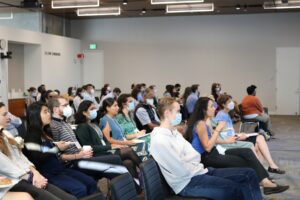-
Wetland Communities in the US

Project Lead: Celina Balderas Guzman, UW Assistant Professor of Landscape Architecture Data Science Lead: Spencer Wood Sea level rise threatens human communities on the coast with a variety of hazards including erosion and flooding. However, these risks are reduced in locations where coastal wetlands provide a natural buffer that absorbs the force of waves created by storms.…
-
Characterizing the spatio-temporal evolution of marine heatwaves
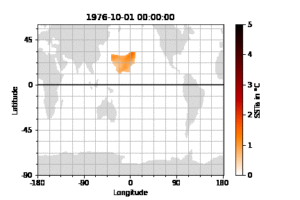
Project Lead: Cassia Cai, UW Oceanography Faculty Advisor: LuAnn Thompson, UW Oceanography Data Science Lead: Valentina Staneva Marine heatwaves (MHWs) are defined as discrete periods when local sea surface temperatures (SST) exceed a temperature threshold (e.g., a seasonally varying temperature threshold). A number of high-profile MHWs, such as the Great Barrier Reef 2002, Mediterranean Sea 2003 and 2006,…
-
The Prototype of a Cloud Store for Distributed Acoustic Sensing Data
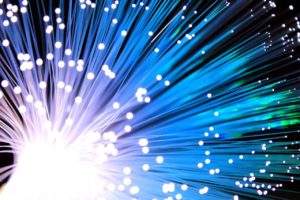
Project Lead: Yiyu Ni, Earth and Space Sciences, UW College of the Environment Data Science Leads: Naomi Alterman and Rob Fatland Distributed Acoustic Sensing (DAS) is an emerging seismic observation method that has recently enabled entirely new types of geophysical observation. DAS utilizes repeated laser pulses along optical fibers up to ~100 km in length to measure phase changes…
-
Constructing a robust metric of peak quality for untargeted mass-spectrometry
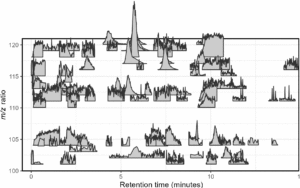
Project Lead: Will Kumler, UW Oceanography Faculty Advisor: Anitra Ingalls, UW Professor of Chemical Oceanography Data Science Lead: Bryna Hazelton Mass spectrometry is a cutting-edge analysis field used to identify the molecular composition of samples taken from medical laboratories, the depths of the ocean, and even outer space. In the Ingalls Lab at UW, we use it to…
-
Leveraging large satellite archives to understand the timing and distribution of global snowmelt
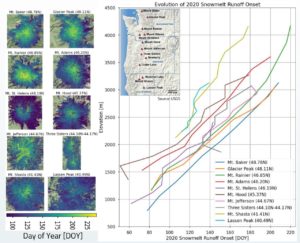
Project Lead: Eric Gagliano, Terrain Analysis and Cryosphere Observation Lab, UW Civil & Environmental Engineering Faculty Advisor: David Shean, UW Civil & Environmental Engineering Data Science Lead: Scott Henderson Seasonal snow plays an essential role in the Earth system and more than 1/6 of the world’s population relies on runoff from seasonal snow and glaciers for agricultural and…
-
Announcing the 2023 Data Science Incubator Projects

The eScience’s annual Data Science Incubator program kicked off last week, which enables new research discoveries by bringing together data scientists and domain scientists to work on focused, intensive, collaborative projects. Our team of data scientists provide expertise in state-of-the-art technology and methods in large-scale data manipulation and analytics, cloud and cluster computing, statistics and…
-
Call for Presenters: UW Data Science Seminar Series 2022-23
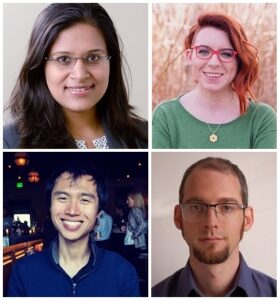
Call for Invited Presenters – UW Data Science Seminar – University of Washington Seattle We are inviting applications for guest presenters for the UW Data Science Seminar, an annual lecture series at the University of Washington that hosts scholars working across applied areas of data science, such as the arts, engineering, humanities and sciences along with…
-
Vani Mandava joins UW as Head of Engineering for SSEC
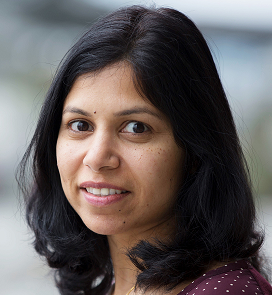
Vani Mandava joins UW as Head of Engineering to build a world-class software engineering team to transform scientific software development. The University of Washington eScience Institute welcomes Vani Mandava as the Head of Engineering for the newly formed UW Scientific Software Engineering Center SSEC (pronounced S Seek). Vani has most recently been leading Trustworthy AI research engagements…
-
Black-owned restaurants disproportionately impacted during pandemic
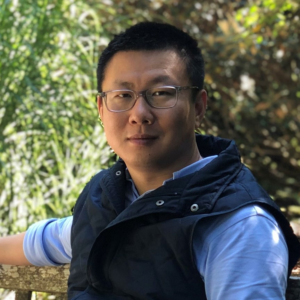
During the first year of the pandemic, and amid protests for racial justice following the murder of George Floyd, tech companies such as Google, Yelp and DoorDash started “Black-owned” labelling campaigns to encourage customer support for restaurants and other businesses. But new research, using cellphone location data, shows that visits to restaurants that identify as…

